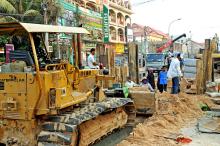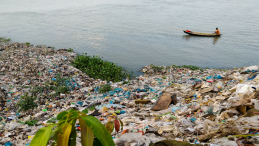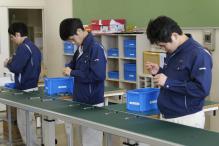A new UNU-IAS policy brief presents recommendations for finding durable solutions to prolonged displacement, based on field research in Fukushima since the March 2011 Great East Japan Earthquake, tsunami and nuclear accident. The policy brief Tackling Prolonged Displacement: Lessons on Durable Solutions from Fukushima by Ana Mosneaga (Research Associate, UNU-IAS), considers the challenges of situations of prolonged displacement such as in Fukushima, including bottlenecks in policy, legal and institutional frameworks, and emphasizes the need for transparency, access to information and consultations with displaced populations.
Highlights
Finding a durable solution to a displacement situation is not a straightforward process. Cases of severe nuclear disasters that render areas unsafe for habitation for prolonged periods require interim or alternative solutions to meet the evolving needs, capacities, vulnerabilities and preferences of the displaced people. Existing international instruments offer crucial guidance, but greater appreciation of context is necessary to enhance their relevance.
Recommendations:
- An enabling environment for finding durable solutions needs to be systematically established through ongoing re-examinations of policies, laws and institutions. Comprehensive reforms are often required rather than piecemeal adjustments of existing frameworks.
- Addressing social and psychological consequences is as important as the (re-) construction of physical infrastructure and environmental remediation.
- Enabling displaced people to exercise agency and take ownership of the process is critical.
* * * *
This policy brief is an output of the UNU-IAS Fukushima Global Communication Programme, a research initiative examining impacts of the Great East Japan Earthquake, tsunami and nuclear accident of March 11, 2011 on people and society, the challenges of the recovery process in Fukushima, and related issues of risk and information provision.



